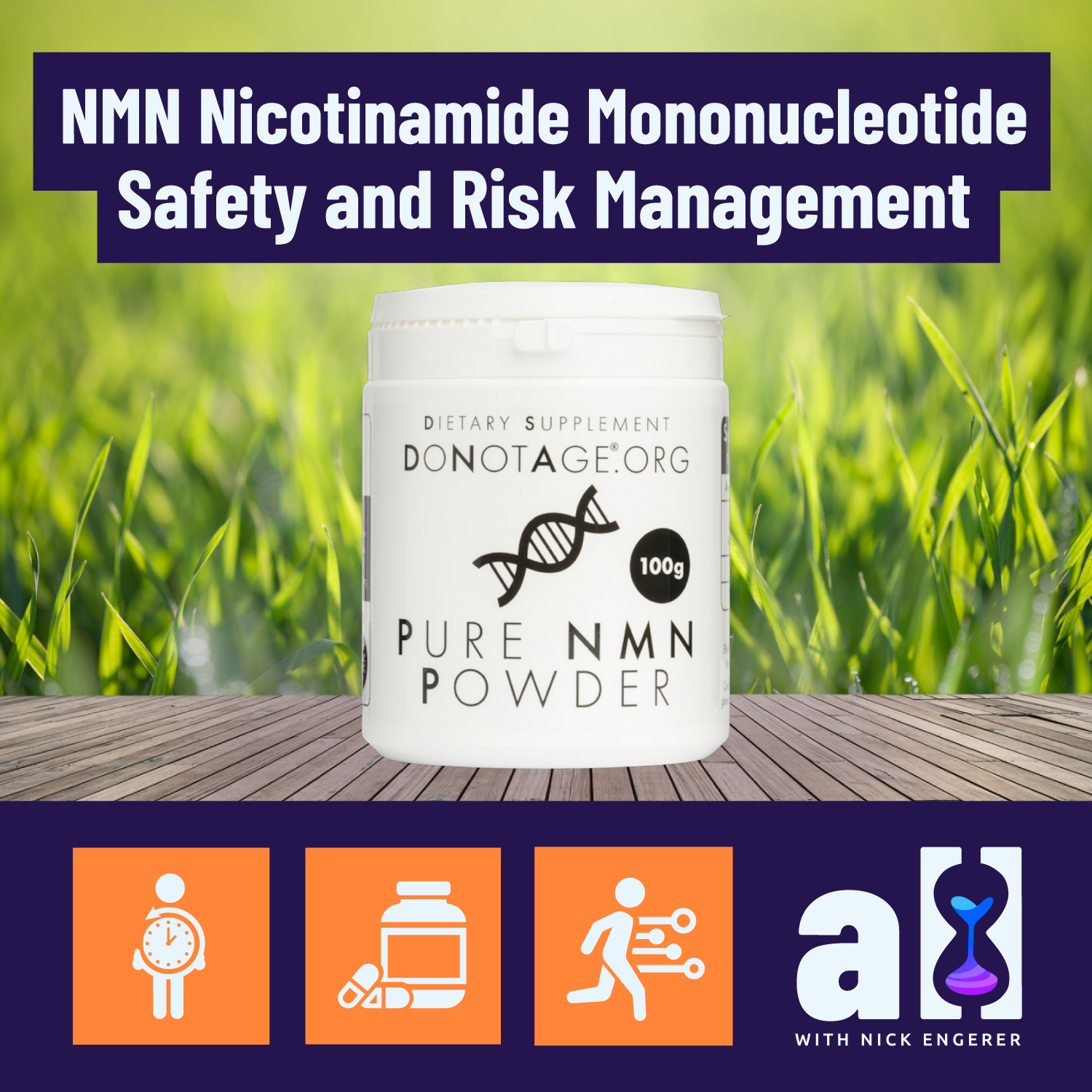
OneSkin OS-01 Hair Serum Review: 6-Month Before/After
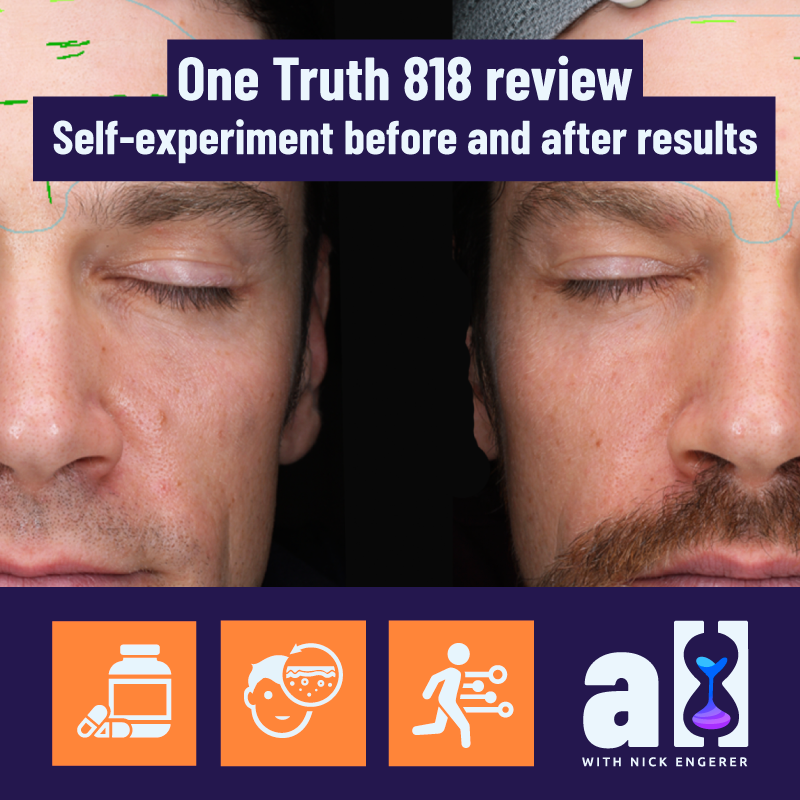
One Truth 818 serum review - Self-experiment before and after results
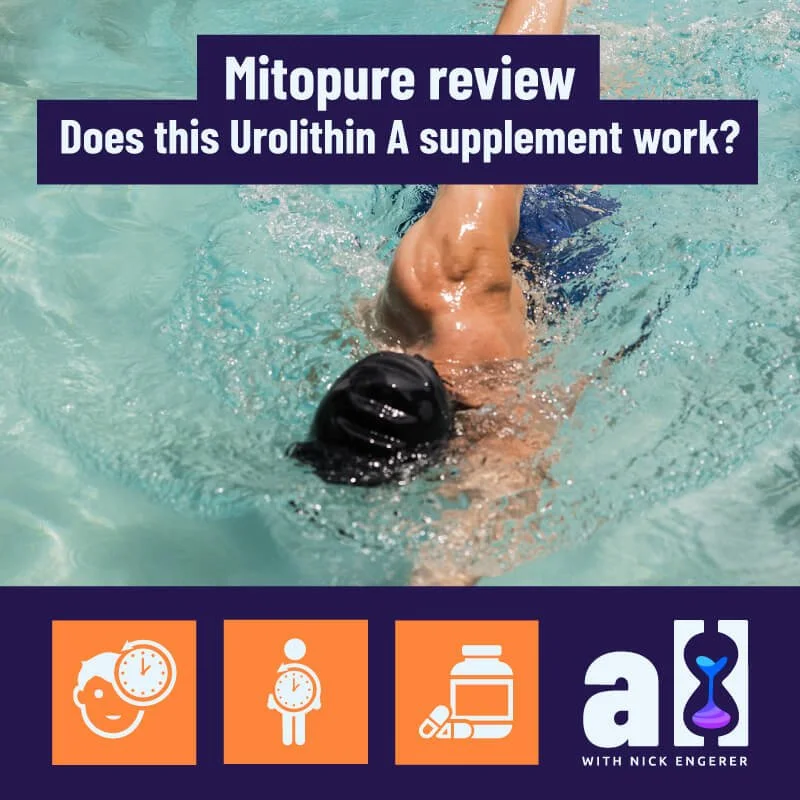
Mitopure review - Does this Urolithin A supplement actually work?
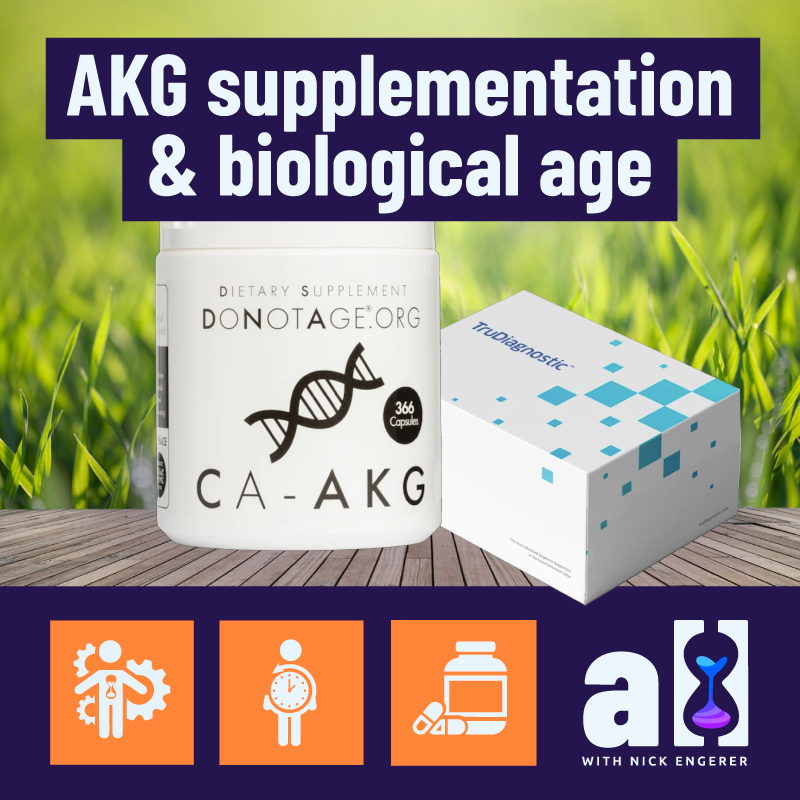
AKG supplementation improved my biological age in these three ways

Can Tru Diagnostic finally answer: Why am I aging so fast? An interview with Ryan Smith
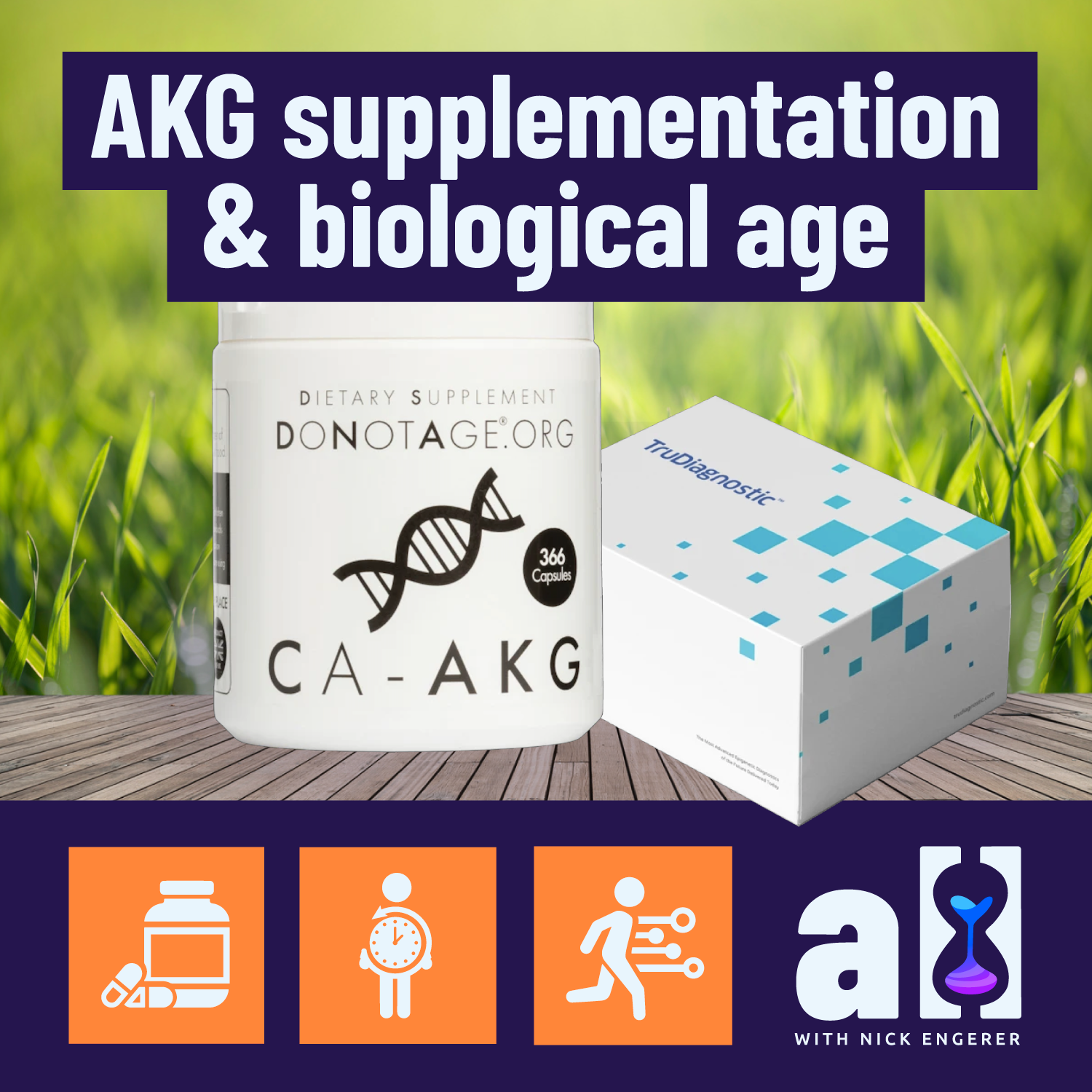
AKG supplement benefits your biological age? An Interview with Dr. Yelena Budovskaya of TruMe Labs

Increasing plant diversity improves GlycanAge significantly - A self-experiment
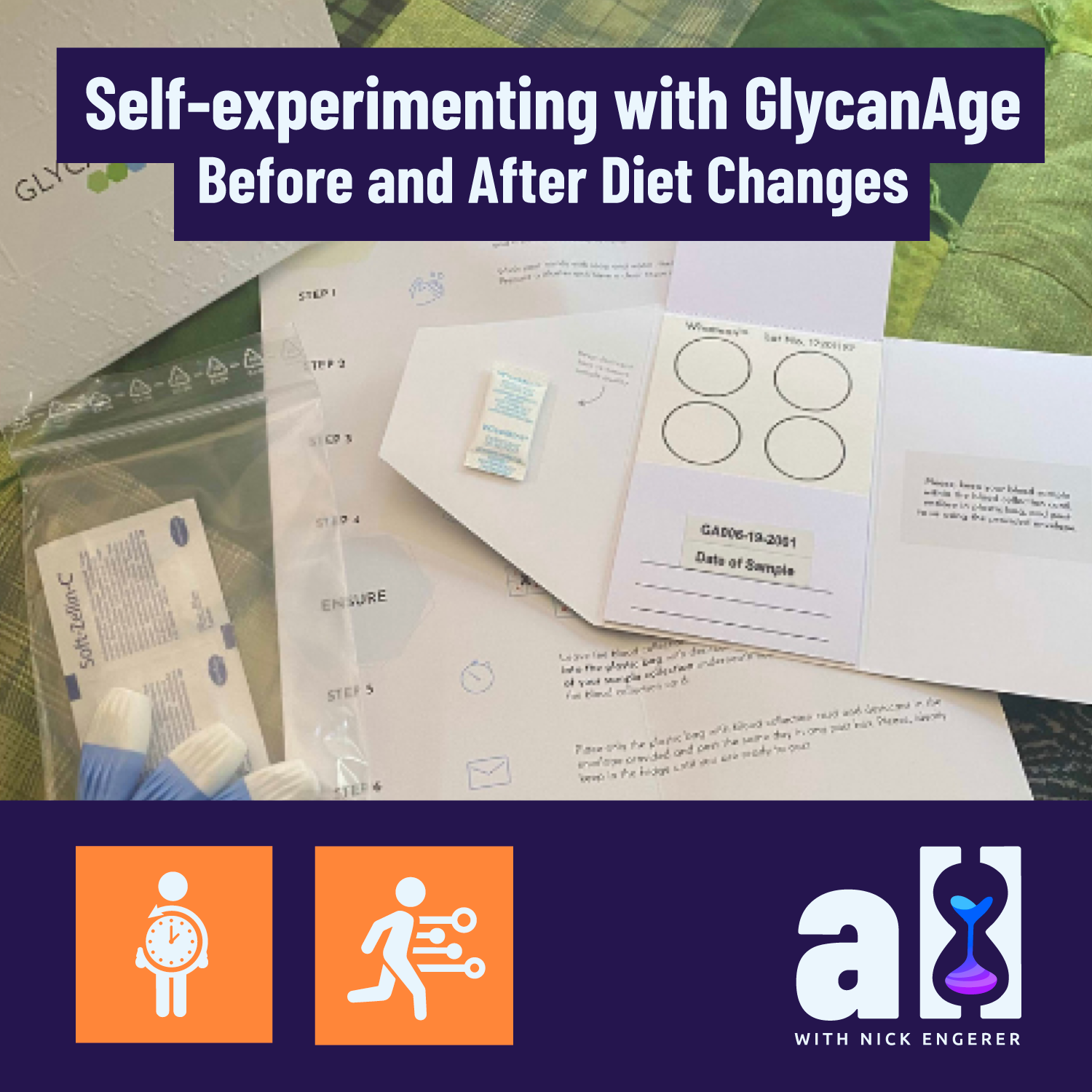
Self-experimenting with GlycanAge - Before and after diet changes
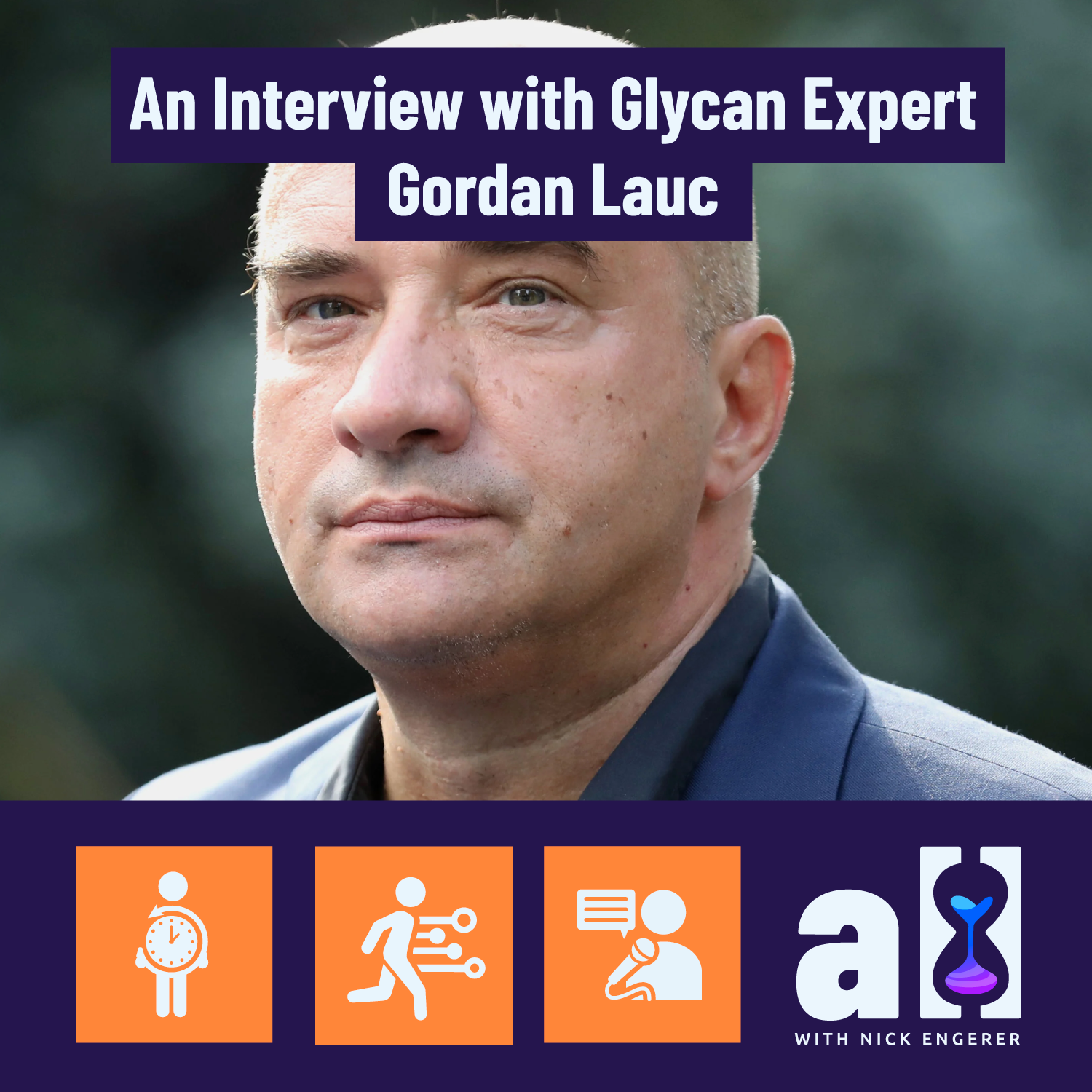
How GlycanAge biological age testing works - An interview with Glycan expert Gordan Lauc
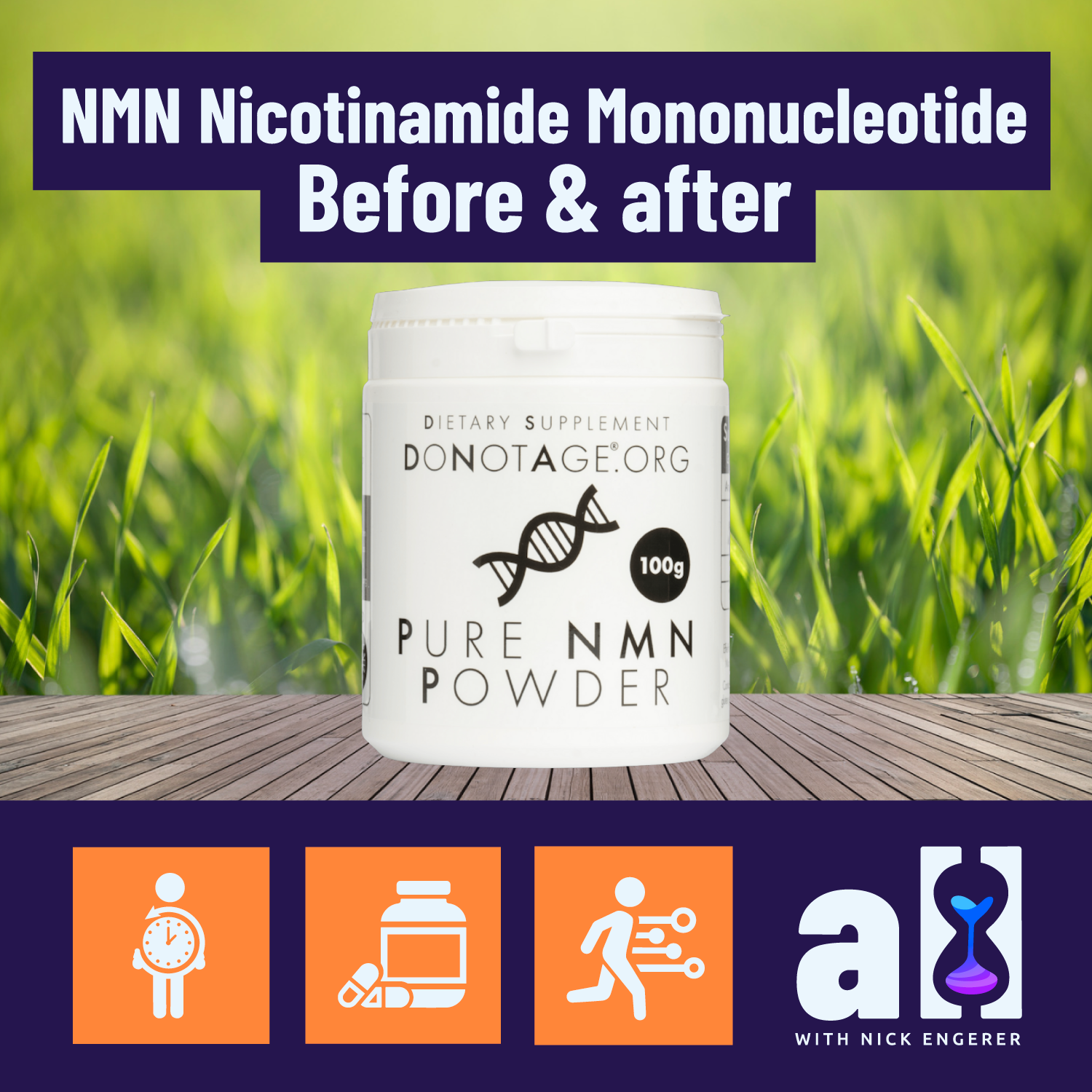
NMN Nicotinamide Mononucleotide before and after
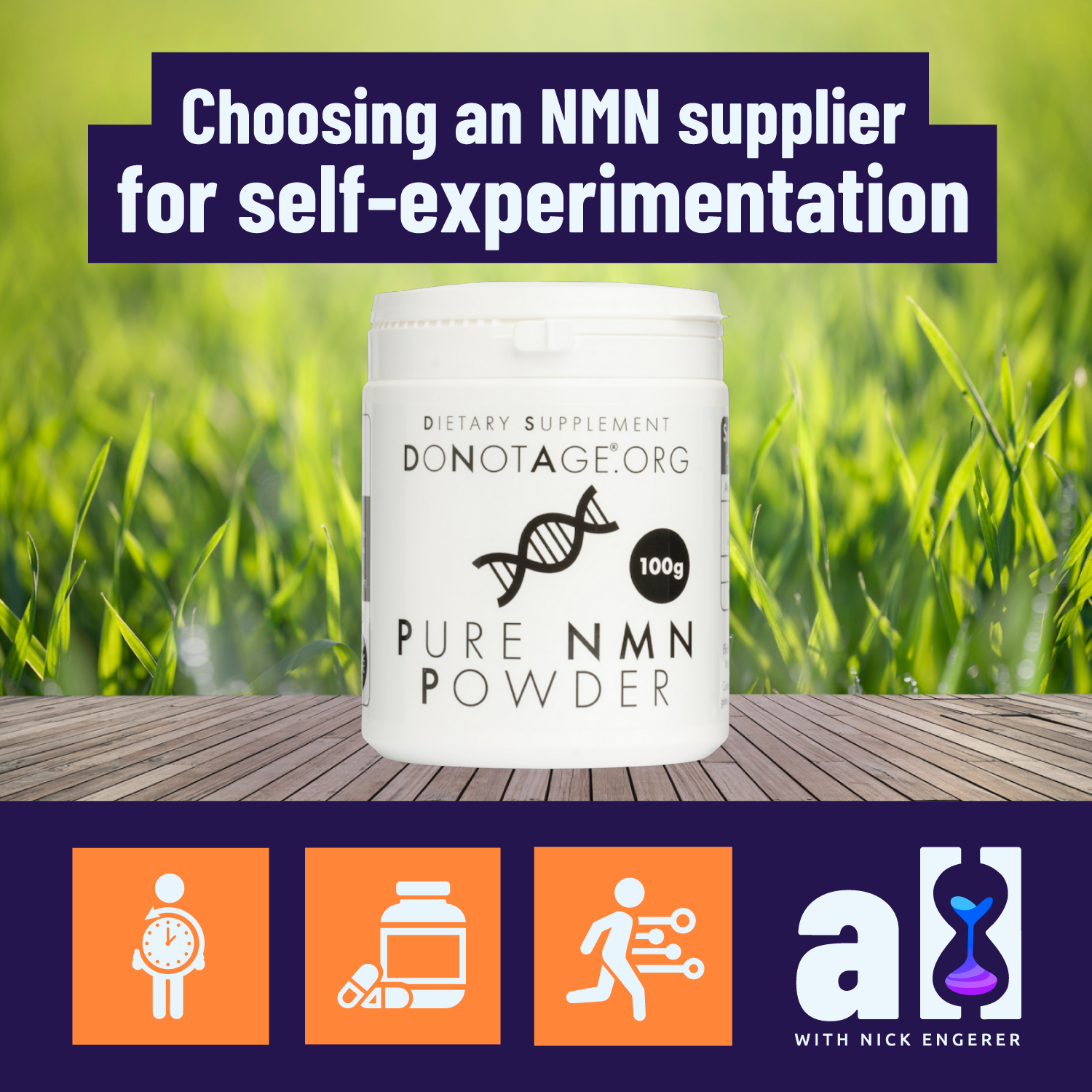
Choosing an NMN supplier for self-experimentation
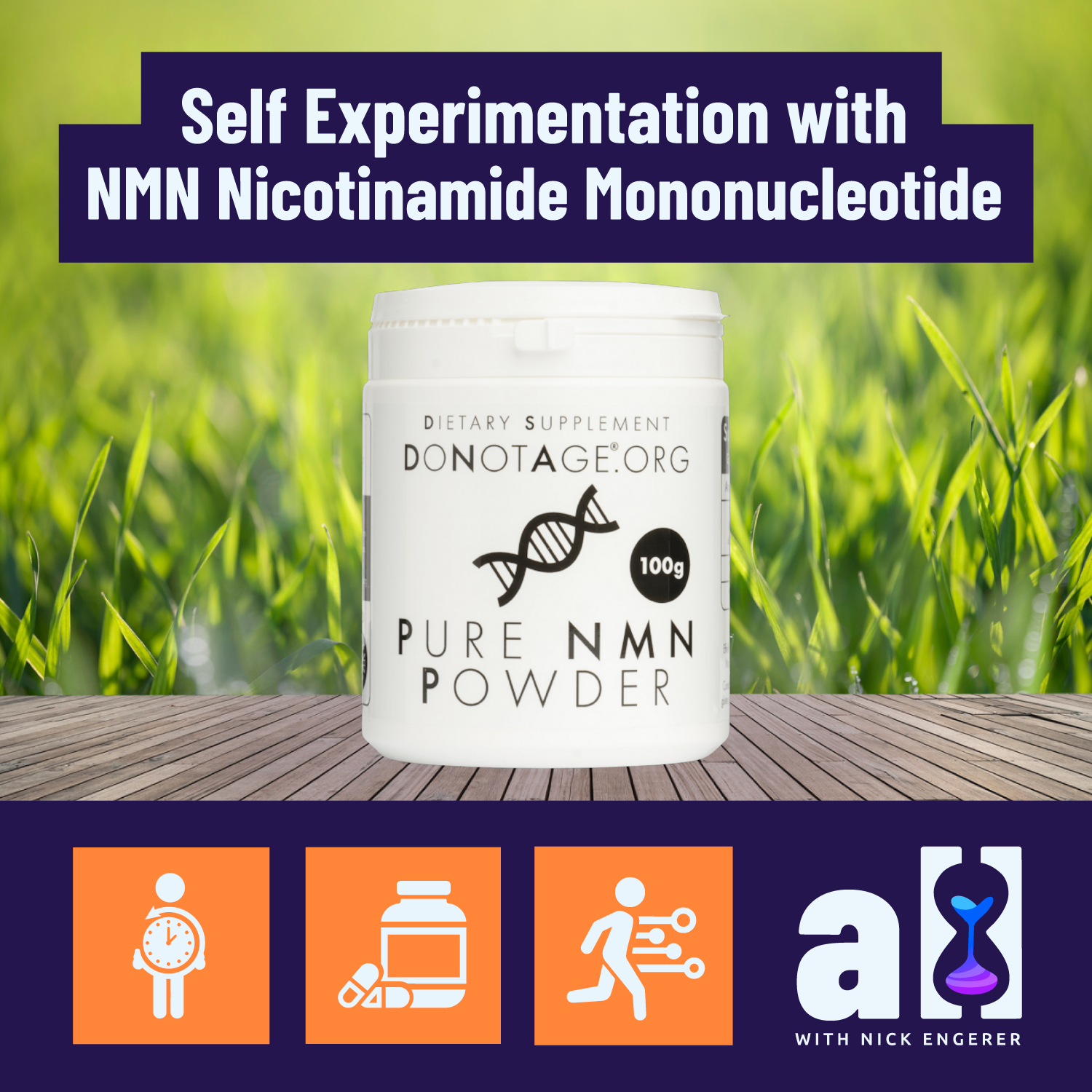
Self experimentation with NMN Nicotinamide Mononucleotide
